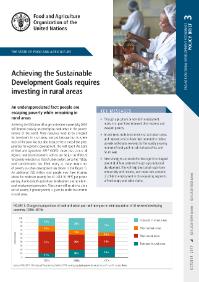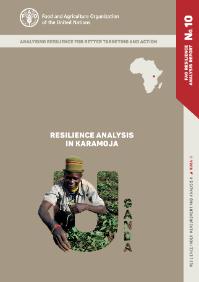Causes and Spatial Implications of violating Building Space Standards in Mwanza (Rock) City: Case of Mahina Settlement.
Urban centres emerge, develop and expand. In the course of development or expansion, housing development on hilly landscapes may be more challenging than on relatively flat or flat terrains, forcing developers not to comply with building standards.









